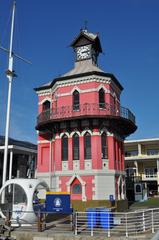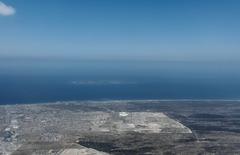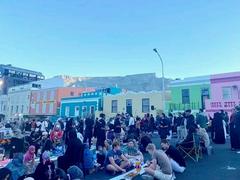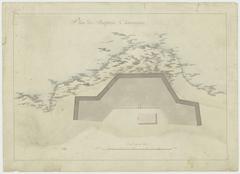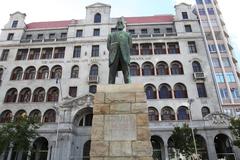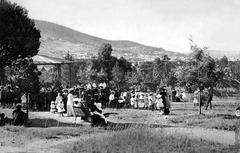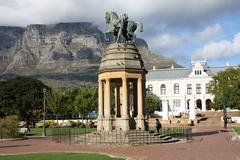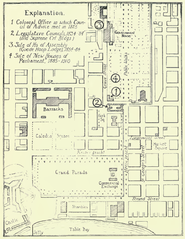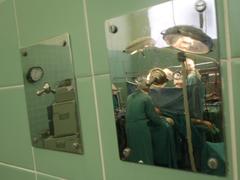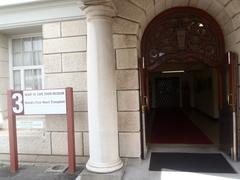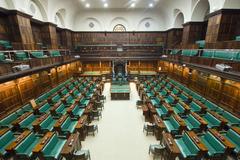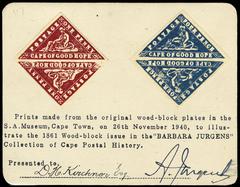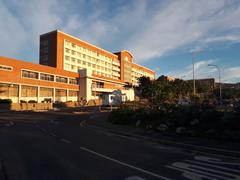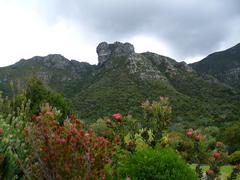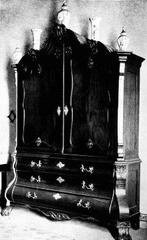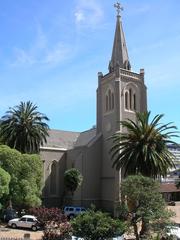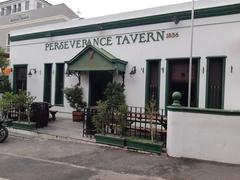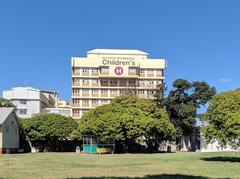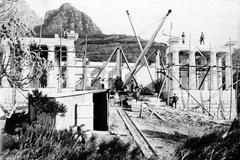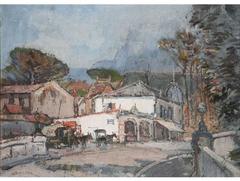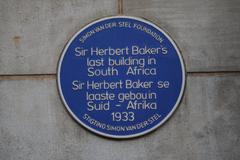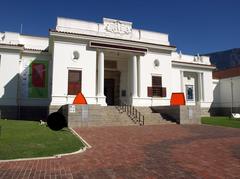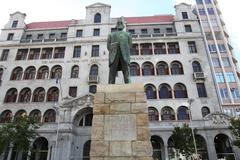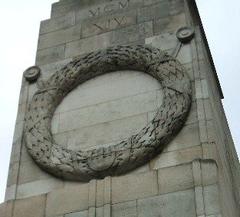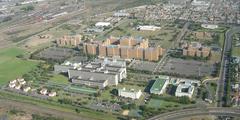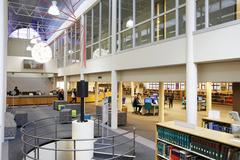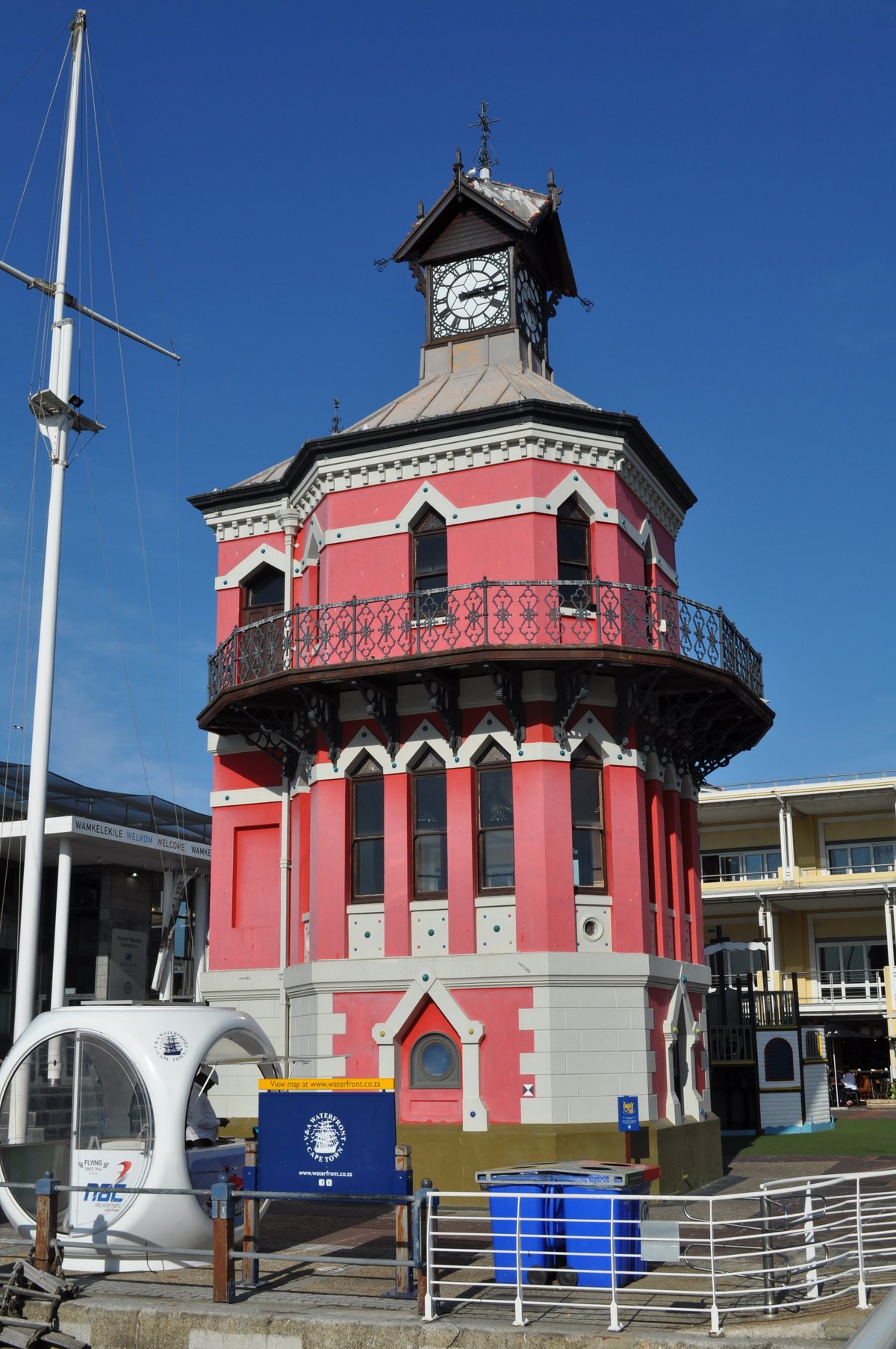
V&A Waterfront Clock Tower: Visiting Hours, Tickets, and Guide to Cape Town’s Historical Site
Date: 14/06/2025
Introduction
The V&A Waterfront Clock Tower is one of Cape Town’s most distinctive and historically significant landmarks. Erected in 1882 as the original Port Captain’s Office, the tower’s red-brick Victorian Gothic architecture stands as a testament to the city’s maritime legacy. Situated in South Africa’s oldest working harbor, the Clock Tower offers a window into Cape Town’s transformation from a colonial port to a vibrant urban destination.
Today, the Clock Tower is not only a preserved heritage monument but also a cultural focal point, seamlessly integrated into the lively V&A Waterfront precinct. With free daily admission, engaging guided tours, and easy access to surrounding attractions, it appeals to history enthusiasts, architecture lovers, and casual tourists alike. This comprehensive guide covers the landmark’s history, architectural features, visiting hours, ticketing, accessibility, travel tips, nearby attractions, and more (Secret Cape Town, Cape Town Heritage, V&A Waterfront official).
Table of Contents
- Introduction
- Historical Development of the Clock Tower
- Architectural Features
- The Clock Tower’s Place in Cape Town’s Heritage
- Essential Visitor Information
- Nearby Attractions and Amenities
- Events, Tours, and Photography Spots
- Frequently Asked Questions (FAQ)
- Travel Tips
- Conclusion
- Sources and Further Reading
Historical Development of the V&A Waterfront Clock Tower
Origins and Early Maritime Significance
The V&A Waterfront Clock Tower’s story is intertwined with Cape Town’s evolution as a port city. The harbor’s origins date back to 1654, when Jan van Riebeeck oversaw the construction of the first jetty. The Clock Tower, completed in 1882, served as the Port Captain’s Office, strategically placed at the entrance to the Alfred Basin. Throughout the late 19th and early 20th centuries, the harbor expanded to accommodate growing maritime trade, and the Clock Tower became an enduring symbol of the city’s role as a gateway for international commerce (Secret Cape Town).
Role in Harbor Operations
The Clock Tower was both a functional and symbolic centerpiece of the port. Its second-floor mirrored observation room allowed the Port Captain to monitor all harbor activities, while the ground floor housed a tide-gauge mechanism essential for safe navigation and ship movements. These features underscored the building’s importance in managing Cape Town’s bustling maritime operations (Secret Cape Town).
Restoration and Urban Renewal
By the late 20th century, the Clock Tower’s surroundings had become industrial and inaccessible. With the redevelopment of the V&A Waterfront in the 1990s, the tower was carefully restored and integrated into a dynamic mixed-use precinct. Restoration efforts in 1997 were guided by historical research, matching the building’s distinctive red color to original 19th-century paint scrapings. Today, the Clock Tower remains a well-preserved example of heritage-led urban renewal (Cape Town Heritage).
Architectural Features
Victorian Gothic Style
The Clock Tower is a striking example of Victorian Gothic architecture, characterized by ornate detailing, pointed arches, and a sense of verticality. Its red-brick façade with white trim, three-story design, and cast-iron balustrades immediately distinguish it from its surroundings (Secret Cape Town).
Notable Elements
- Four Clock Faces: Each side of the tower features a clock face, originally imported from Edinburgh, ensuring visibility throughout the harbor.
- Mirror Room: The unique second-floor mirror room was designed for the Port Captain to observe harbor activities via strategically placed mirrors.
- Tide-Gauge Mechanism: The preserved ground-floor mechanism allowed for real-time tidal monitoring.
- Gothic Detailing: Pointed arch windows, decorative cornices, and intricate balustrades enhance the tower’s historic character.
Conservation and Adaptive Reuse
Restoration prioritized preserving original materials and features while integrating modern amenities. The tower continues to accommodate office spaces and small retail outlets, exemplifying successful adaptive reuse (Heritage Portal).
The Clock Tower’s Place in Cape Town’s Heritage
Symbol of Maritime Legacy
As one of the few surviving structures from the original docklands, the Clock Tower is a tangible link to Cape Town’s maritime past. Its enduring presence and prominent location make it a focal point for historical walking tours and heritage explorations (Secret Cape Town).
Urban and Cultural Integration
The Clock Tower anchors the urban design of the V&A Waterfront, connecting with the Silo District, Zeitz MOCAA, and Nobel Square. Thoughtful landscaping, walkways, public art, and interpretive signage highlight its historical significance while integrating it with contemporary attractions (Walk Cape Town).
Recognition and Awards
The V&A Waterfront restoration project has garnered multiple awards for its conservation and heritage-led urban renewal approach (Heritage Portal).
Essential Visitor Information
Visiting Hours
- Clock Tower: Open daily from 09:00 to 18:00 (some precinct areas and retail outlets operate until 21:00; check specific venues for details).
- Museum and Tour Hours: Guided tours typically depart at 11:00 and 14:00 from the Chavonnes Battery Museum (V&A Waterfront official).
Tickets and Admission
- Clock Tower Entry: Free admission.
- Guided Tours: Some tours and museum exhibitions may require tickets; check online or at the visitor center for pricing and availability.
- Robben Island Tours: Tickets must be booked in advance at the Nelson Mandela Gateway or online (Robben Island Tours).
Accessibility
- Fully wheelchair accessible with ramps, lifts, and paved paths.
- Accessible restrooms and clear signage available throughout the precinct.
Nearby Attractions and Amenities
- Robben Island Gateway: Departure point for ferries to the UNESCO World Heritage Site.
- Zeitz MOCAA: Leading museum of contemporary African art.
- Chavonnes Battery Museum: Showcasing maritime history and archaeology.
- The Cape Wheel: Observation wheel with panoramic views of the city and harbor.
- Boutique Shops and Galleries: Explore local art, souvenirs, and specialty stores.
- Dining: Wide range of restaurants including Cape Town Fish Market and Kapstadt Brauhaus, many with harbor views (V&A Waterfront Dining).
Events, Tours, and Photography Spots
- Seasonal Events: Art exhibitions, heritage celebrations, and community programs are regularly hosted in the precinct (Cape Town Events June 2025).
- Photography: The Clock Tower, swing bridge, and waterfront quays are top photo spots. Early mornings and sunset offer the best lighting.
- Interactive Experiences: Virtual tours and interactive maps are available on the V&A Waterfront website.
- Harbor Cruises and Family Activities: Boat tours, the Cape Wheel, and interactive play areas for children.
Frequently Asked Questions (FAQ)
Q: What are the V&A Waterfront Clock Tower visiting hours?
A: Daily from 09:00 to 18:00; some shops/restaurants open until 21:00.
Q: Is there an entrance fee?
A: No, entry to the Clock Tower is free. Some exhibitions or tours may charge admission.
Q: Are guided tours available?
A: Yes, guided tours depart from the Chavonnes Battery Museum and can be booked in advance.
Q: Is the site wheelchair accessible?
A: Yes, the precinct is fully accessible with ramps, lifts, and accessible restrooms.
Q: How do I purchase Robben Island ferry tickets?
A: Tickets are available online or at the Nelson Mandela Gateway in the Clock Tower precinct.
Q: What are the best photo spots?
A: The Clock Tower itself, swing bridge, waterfront quays, and the view from the Cape Wheel.
Travel Tips
- Arrive Early: To enjoy uncrowded exploration and the best light for photos.
- Book in Advance: Especially for Robben Island tours and guided walks.
- Explore Beyond the Tower: Use the swing bridge to access the Silo District and Victoria Wharf.
- Dining: Opt for outdoor seating for the best harbor views.
- Transport: The V&A Waterfront is accessible by public transport, taxi, and has ample parking.
- Safety: The area is well-patrolled and recognized for high safety standards (V&A Waterfront Safety).
Conclusion
The V&A Waterfront Clock Tower stands as a vibrant emblem of Cape Town’s maritime heritage and a testament to the city’s commitment to heritage-led urban renewal. Its Victorian Gothic architecture, preserved historical features, and integration with modern attractions make it an essential stop for visitors and locals alike. With free access, comprehensive guided tours, and a wealth of surrounding amenities, the Clock Tower precinct offers a rich, accessible, and memorable Cape Town experience.
Plan your visit by checking the official V&A Waterfront website for up-to-date information on events, tours, and special exhibitions. For immersive audio guides and the latest updates, download the Audiala app and follow related social media channels.
Sources and Further Reading
- V&A Waterfront Complete Guide
- V&A Waterfront Clock Tower: History & Guide
- V&A Waterfront Clock Tower District
- Cape Town ETC: Clock Tower Sentry
- Cape Town Heritage
- Heritage Portal
- ISOCARP Case Study
- URBA V&A Waterfront
- ComeToCapeTown.com
- V&A Waterfront Official
- Cape Town Events June 2025
